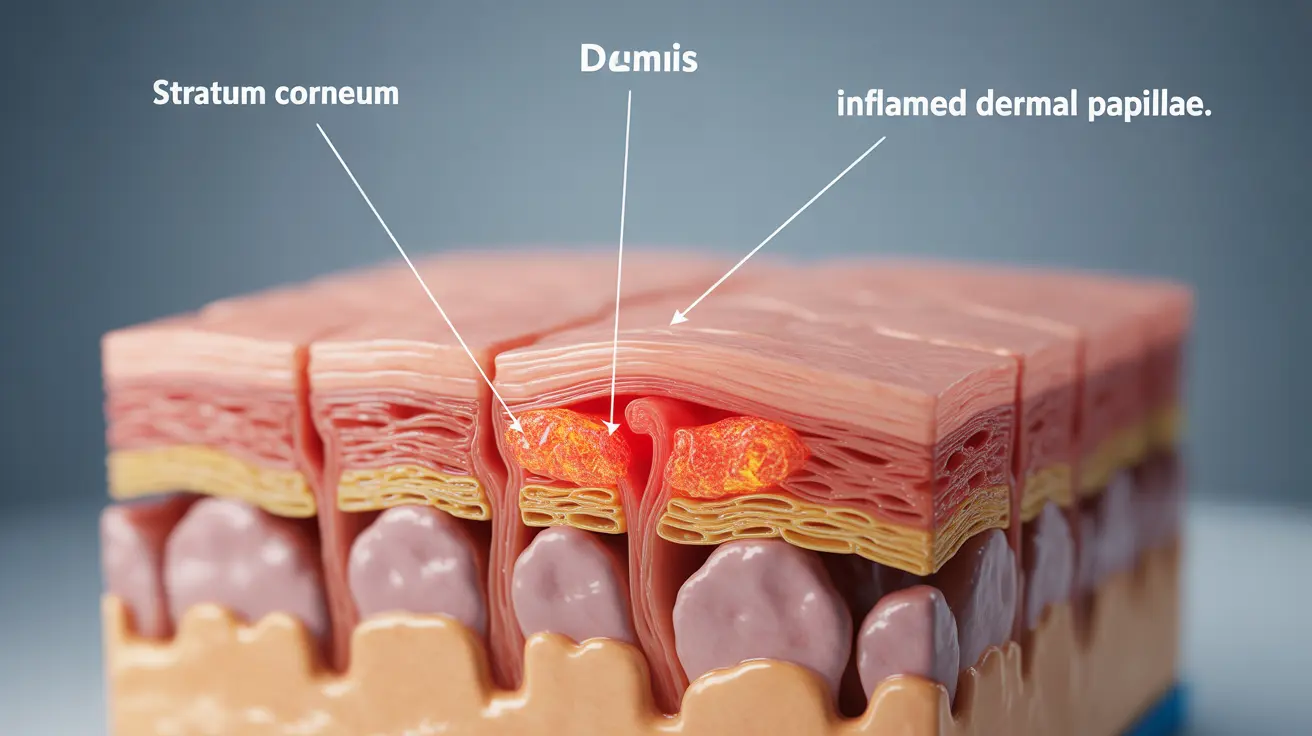Skin redness is a common concern that can range from a minor irritation to a sign of a more serious underlying condition. Whether it appears as a subtle flush or an angry patch of inflammation, understanding the root cause of skin redness is crucial for effective treatment and management.
This comprehensive guide will help you identify different types of skin redness, explore treatment options, and recognize when professional medical attention might be necessary.
Common Causes of Skin Redness
Skin redness can occur for various reasons, each requiring different approaches to treatment:
Contact Dermatitis
When skin comes into direct contact with irritants or allergens, it can become red, itchy, and inflamed. Common triggers include:
- Harsh soaps and detergents
- Cosmetic products
- Jewelry containing nickel
- Poison ivy or other plants
- Chemical cleaning products
Inflammatory Conditions
Several chronic conditions can cause persistent skin redness:
- Rosacea
- Eczema (atopic dermatitis)
- Psoriasis
- Seborrheic dermatitis
Environmental Factors
External elements often contribute to skin redness:
- Sun exposure
- Extreme temperatures
- Wind exposure
- High humidity
- Chlorinated water
Treatment Options for Skin Redness
Home Remedies
Many cases of skin redness can be managed effectively at home:
- Cool compresses
- Gentle, fragrance-free moisturizers
- Aloe vera gel
- Oatmeal baths
- Green tea compresses
Over-the-Counter Solutions
Several OTC products can help reduce skin redness:
- Hydrocortisone cream (1%)
- Calamine lotion
- Anti-inflammatory creams
- Antihistamine medications
- Gentle, non-comedogenic moisturizers
When to See a Healthcare Provider
Certain symptoms warrant immediate medical attention:
- Severe pain or burning sensation
- Blistering or open sores
- Spreading redness accompanied by fever
- Signs of infection (warmth, swelling, pus)
- Redness that doesn't improve with home treatment
Prevention Strategies
Taking proactive steps can help minimize skin redness:
- Use broad-spectrum sunscreen daily
- Avoid known irritants and allergens
- Keep skin well-moisturized
- Use gentle skincare products
- Protect skin from extreme weather conditions
Frequently Asked Questions
What are the common causes of skin redness and how can I identify them?
Skin redness commonly results from contact dermatitis, inflammatory conditions like rosacea or eczema, allergic reactions, and environmental factors such as sun exposure. The specific cause can often be identified by considering the pattern of redness, accompanying symptoms, and potential triggers.
How is skin redness treated at home and when should I see a doctor?
Minor skin redness can be treated at home with cool compresses, gentle moisturizers, and over-the-counter anti-inflammatory creams. See a doctor if you experience severe pain, blistering, spreading redness with fever, or signs of infection.
What triggers flare-ups of rosacea and how can I reduce facial redness?
Rosacea flare-ups can be triggered by spicy foods, alcohol, extreme temperatures, sun exposure, and stress. Reduce facial redness by avoiding triggers, using gentle skincare products, protecting your skin from the sun, and following your healthcare provider's prescribed treatment plan.
How do I tell the difference between a mild sunburn and a more serious burn that requires medical attention?
A mild sunburn typically causes redness and slight pain, while more serious burns may involve blistering, severe pain, swelling, and systemic symptoms like fever or chills. Seek medical attention if you experience blistering over large areas, severe pain, or signs of infection.
Can allergic reactions cause skin redness, and what steps help to prevent or manage it?
Yes, allergic reactions frequently cause skin redness. Prevention involves identifying and avoiding triggers, using hypoallergenic products, and maintaining a skin barrier with appropriate moisturizers. Management may include antihistamines, avoiding triggers, and seeking medical attention for severe reactions.




